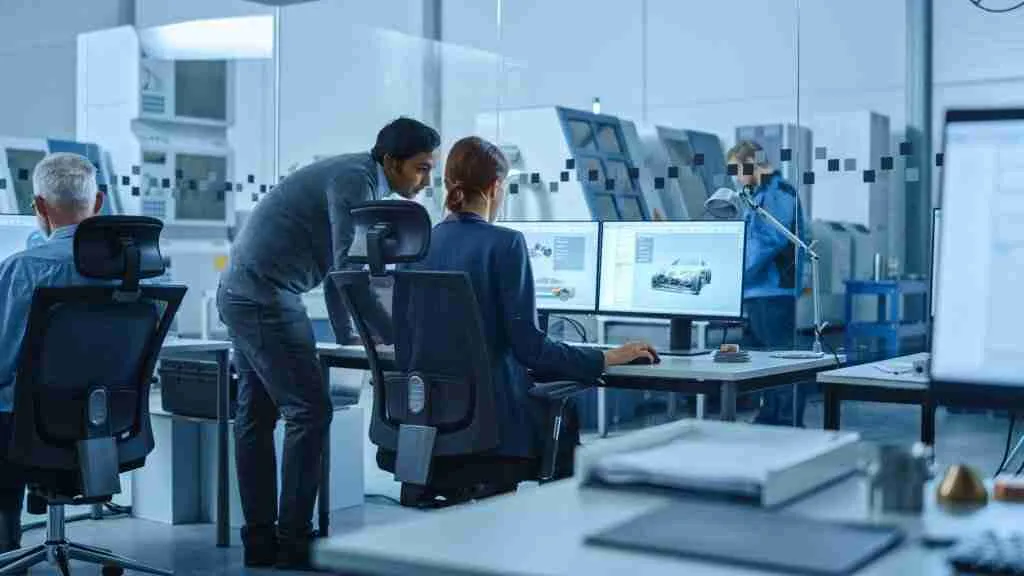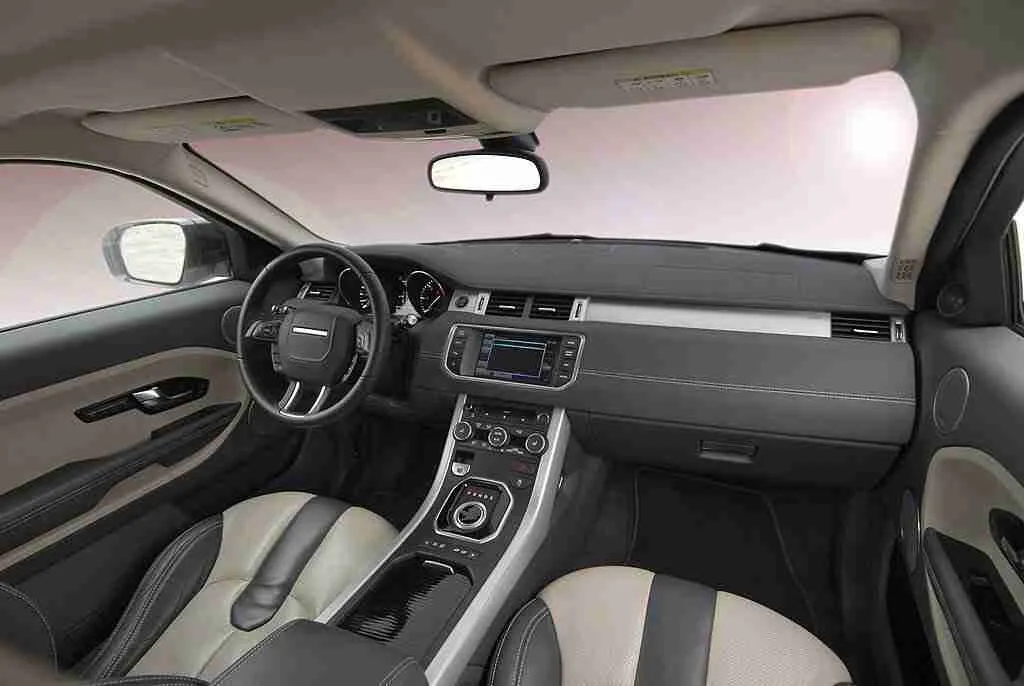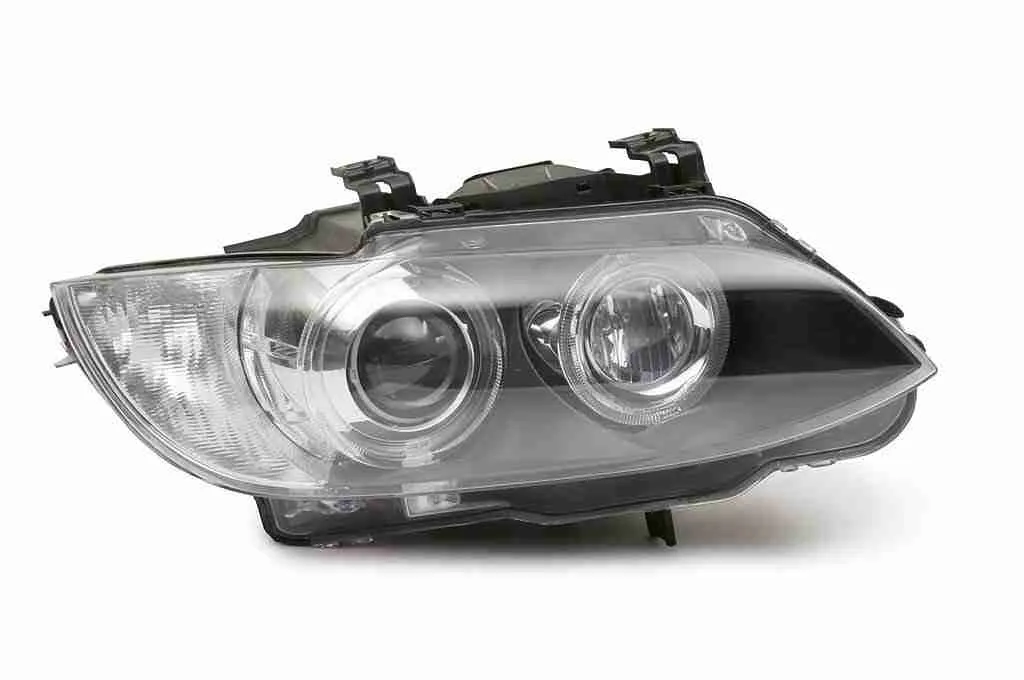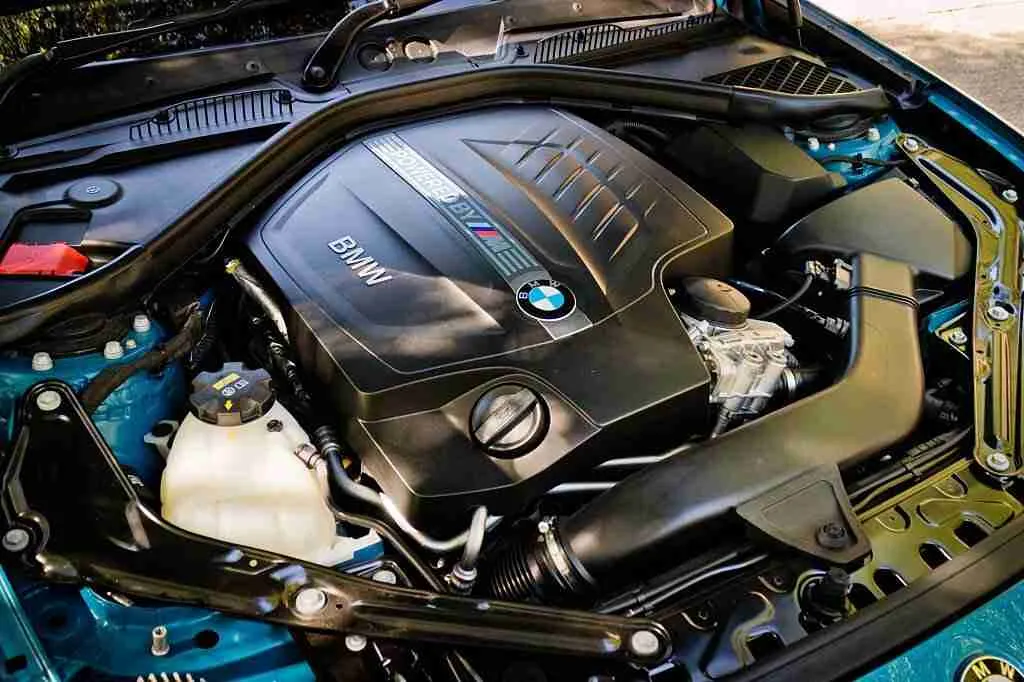Manufacturing on Demand for the Automotive Industry
The automotive industry is evolving fast, constantly designing and developing new models, always in need of/needing customized auto molding parts. These automotive molding parts can be as small as screws to fix body panels or as large as body panels.
As an automotive custom parts company, Elimold could provide OEM automotive parts in all ranges of plastic, rubber, and metal. Our automotive plastic molding and automotive rubber injection molding capability includes a light shell, door handle, plastic knob, connector seals, connector housing, vibration damping, etc.
Automotive Prototyping & Manufacturing
Elimold had deep experience with automotive OEMs and tier suppliers having built production molds for interior trim parts such as A-Pillars, B-Pillars, C-Pillars, D-Pillars, consoles, arm rests and seat backs. In exterior trim, we’ve built tooling for grills, troughs, roof rails, side shields and badges. Door handles, dashboard components, console assemblies, shifter handles and assemblies, door sill and fuse box covers.
Elimold is experienced in the automotive electric vehicle (EV) market through the development and manufacturer of tooling for electric vehicle(EV) components and battery boxes. With our expertise in mold design and manufacturing, we have successfully managed to build plastic injection molds for automotive EV components and battery boxes/trays. This began with pre-production projects and later transitioned into production tooling.
We have also produced automotive aftermarket parts such as gauge pods, aftermarket tachometers and tire pressure sensor for heavy truck applications.
Elimold’s expertise in the Automotive field includes the manufacturing of:
Exterior plastic Automotive Components
Louvers, Paneling and Railing, Bumper Support, Fender, Mud Guards, Door Locking Systems
Under the Hood plastic Components
Fan Shroud and Cooling Systems, Resonators, Fuel Tank Systems, and Electrical Covers
Interior Automotive Molded Systems
IP, Consoles, Garnish Pillars, Entertainment, Audio/Video, Braking, Seating and Storage Systems
ecorative Automotive Plastic Components
Nameplates, Interior /Exterior Trim, Bezels, Knobs, Skull Caps
Interior Wrapping for Automotive Applications
Console Lids, Shifter Knobs, and Steering Wheels
Interior Auto Trim
Seating, Door Panel Inserts, Gear Shift and Parking Brake Boots
Automotive Manufacturing Capabilities
- CNC Machining Service
- CNC Milling Service
- CNC Turning Service
- Injection Molding Service
- Insert Molding Service
- Overmolding Service
- Sheet Metal Fabrication Service
- Waterjet Cutting Service
- Laser Cutting Service
- Plasma Cutting Service
- Binder Jetting
- Carbon DLS
- Direct Metal Laser Sintering (DMLS)
- Fused Deposition Modeling (FDM)
- HP Multi Jet Fusion
- Polyjet
- Selective Laser Sintering (SLS)
- Stereolithography (SLA)
- Urethane Casting Service
Trust our automotive engineers and designers
- Automotive manufacturers
- OEM automotive component plants
- OEM vehicle assembly plants
- OEM design studios
- Independent OEM automotive parts manufacturers
- Tier one & two suppliers
- Autonomous driving technology companies
- Replacement automotive parts manufacturers
- Industrial heavy equipment manufacturers
- Agriculture and forestry equipment manufacturers

Precision Auto Parts Produced Through Rapid Prototyping

We produce prototypes for many interior vehicle parts, such as the steering wheel, dashboard, or console. By utilizing rapid prototyping, interior parts can be tested for various aspects. For example, steering wheels can be evaluated for their grip, dashboards can be verified for color, and consoles can be assessed for the amount of wear they show after use. The results gathered from these tests can provide insight into whether a design needs alteration.
The exterior parts we prototype include bumpers, headlights/tail lights, and door handles. Exterior part prototypes are generally tested for safety, such as how the bumper holds up in a simulated crash, how the lights perform in low light or rain, or how the door handles function with repeated use.


The functional parts that we can prototype include air components, engine covers, and air filter housings. Functional part prototypes are primarily tested to ascertain how well they perform within the vehicle. For example, the air components, engine covers, and air filter housings can be prototyped and tested to see how they function in the high-temperature environment generated by the engine.
Ready to get started? We make it easy!
We encourage you to contact us regarding your next automotive component project. Our team is ready to provide manufacturability analysis, design recommendations, and molding services customized to your automotive injection molding needs.
Headquartered in China Elimold is a custom quick-turn manufacturer focused on plastic injection molding, CNC machining, and 3D printing in the rapid manufacturing industry. We differentiate through our advanced technologies, proprietary manufacturing processes, rapid turnaround times, and the competence of our technical engineering team.




